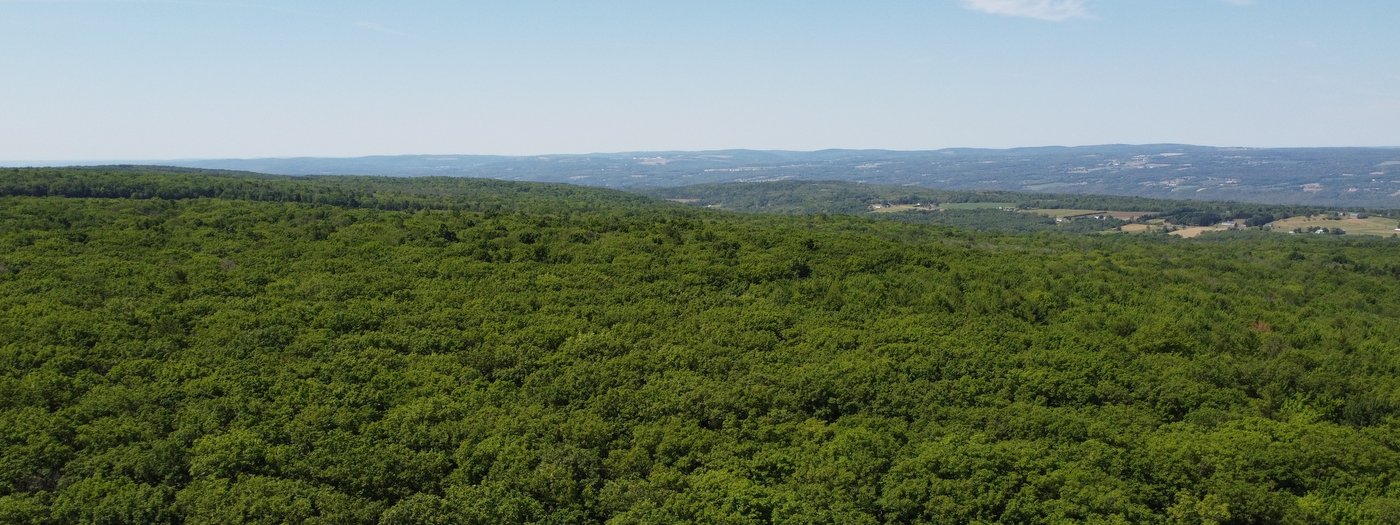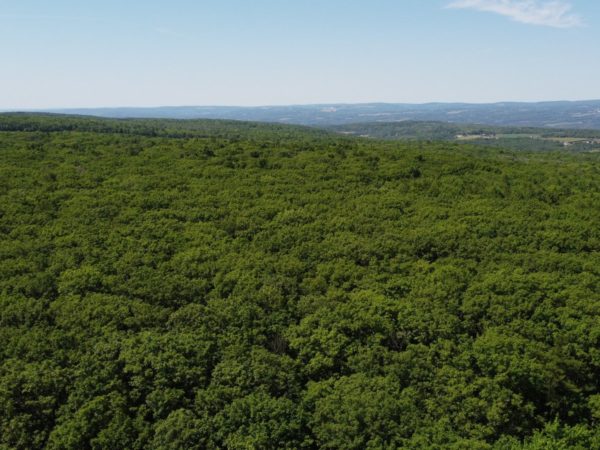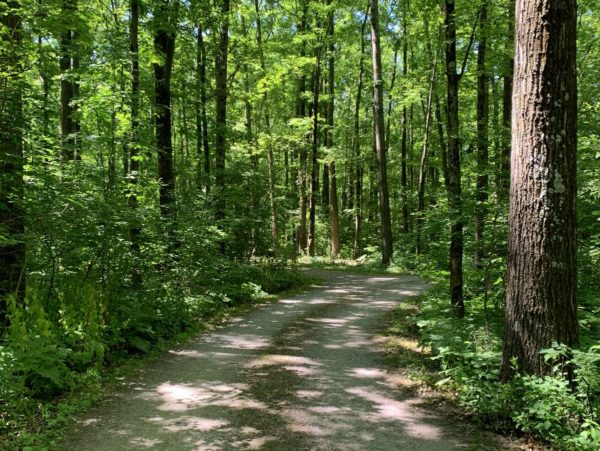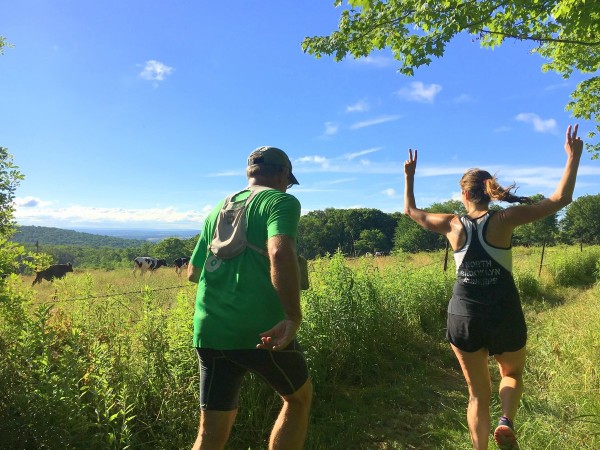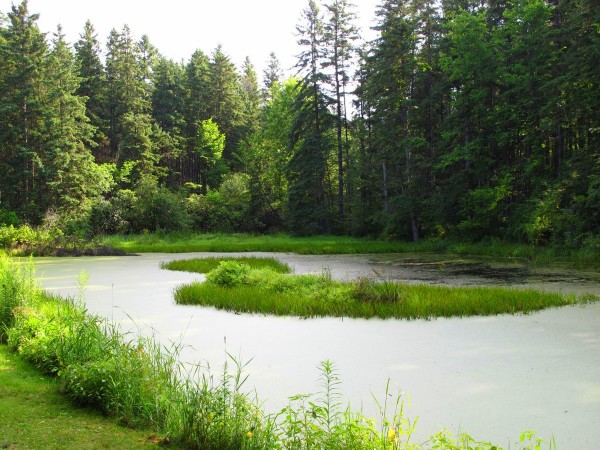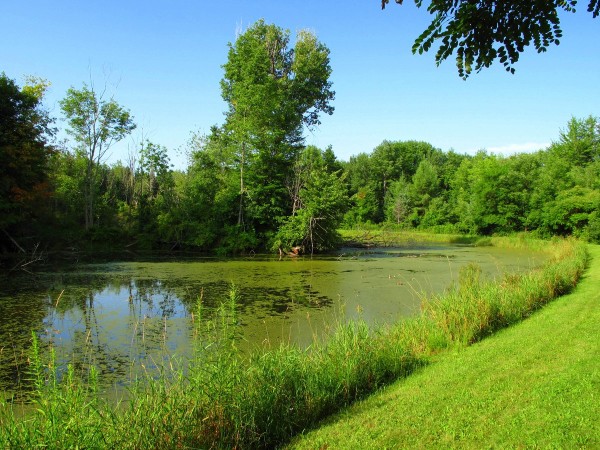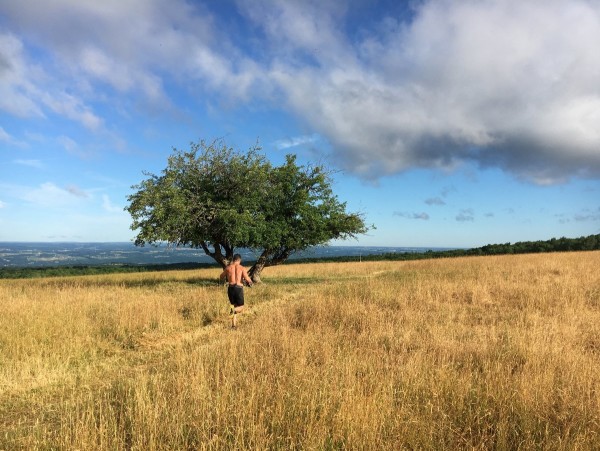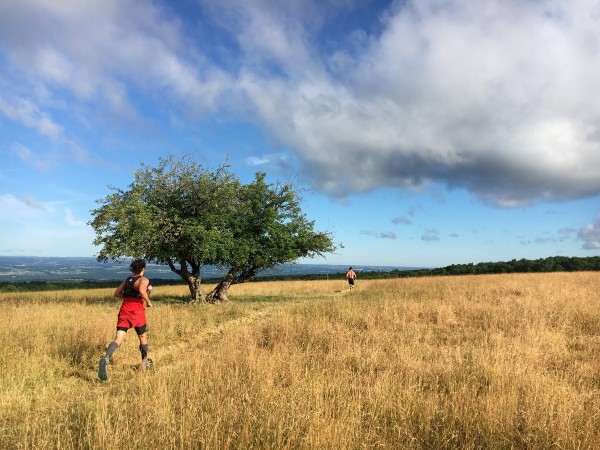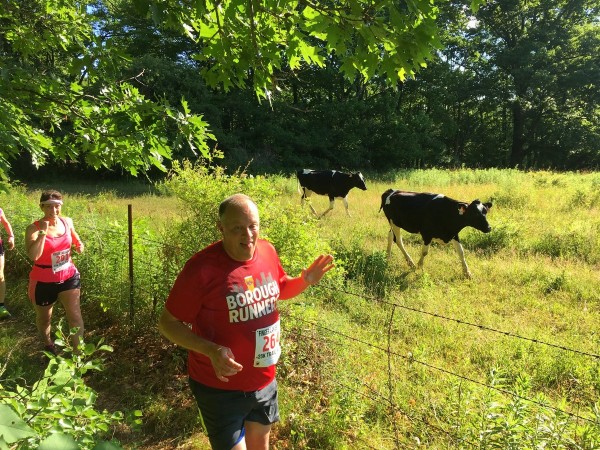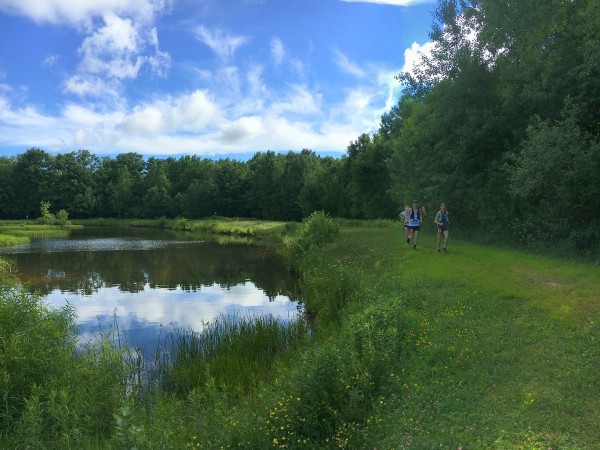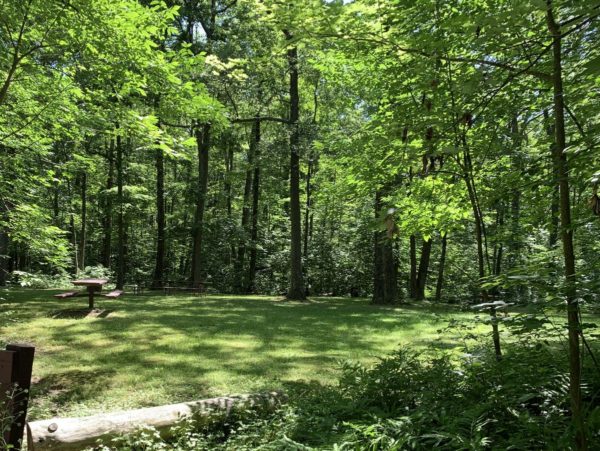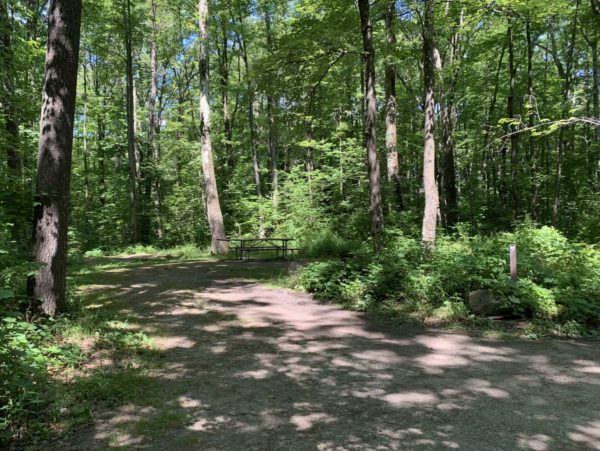There are no national parks in New York State. There are national monuments, national recreation areas, and national historical parks (these focus on a single historic site), but no sprawling national parks that preserve the natural heritage. But there is one national forest here in Central New York — Finger Lakes National Forest.
The distinction between a national forest and national park is that parks are to be preserved essentially “as is” while forests serve multiple functions for the public at large. Timber stands are managed and harvested, pastures are grazed, and of course, there are recreational activities. The purpose of national forests, as stated by Gifford Pinchot, first Chief of the Forest Service, is “to provide the greatest amount of good for the greatest amount of people in the long run.”
Wooded glens and open pastures comprise the majority of the landscape in the Finger Lakes National Forest where the wooded areas are similar in character to state forests, managed by the Department of Environmental Conservation. However, the pastures are what make these trails distinct from those in other forests. As is the case on many federally owned lands, grazing is permitted. Hikers will find that they share the pastures with cattle during the months of May to October, and must use a series of locking cattle gates when venturing in and out of the fields. Aside from the oddity of bovine accompaniment, the pastures offer excellent vistas that are especially beautiful in the fall when the hills across Seneca Lake are emblazoned with autumn colors.
The forest is home to over thirty miles of trails which have a mixture of uses ranging from hiking, mountain biking, skiing, snowshoeing, and horseback riding. The trails vary from roads and worn footpaths in the forest to sunken ruts or merely painted stones in the fields. Though a short portion of the Finger Lakes Trail (FLT) crosses the southern boundary of the forest, much of the trail system is closely tied to the twelve-mile north-south-oriented Interloken Trail — a branch trail along the FLT.
There are four tiers of trail usage that progressively allow more activities. The first begins with foot traffic only and includes the FLT, most sections of the Interloken Trail, as well as the Gorge and Ravine Trails. The next tier adds skiing and horseback riding and includes a short section of the southern part of the Interloken Trail. Mountain biking is added to the next tier and is allowed on the northernmost section of the Interloken Trail. Finally, all the preceding, plus snowmobiling, are allowed on the final group of trails which includes the Burnt Hill Trail, Backbone Trail, and the No Tan Takto Trail.
The Interloken Trail forms the central axis through the forest while the other trails are either side loops or form parallel north-south oriented trails. The trails can be combined to create longer loops or extended backpacking trips. Occasionally, brief treks along the east-west oriented roads which bisect the forest are necessary to form the loops, but the roads are infrequently traveled so hikers need not worry about losing the serene setting too much.
Finger Lakes National Forest is home to three campgrounds: Backbone Horse Camp which is mainly for equestrians, Potomac Group Campground which is for group camping (groups range 10-40 campers such as boys scout troops), and Blueberry Patch Campground which has nine primitive campsites. Note that two acres around the Blueberry Patch Campground are actually managed to foster blueberries, raspberries, apples, and other fruits, so foragers and locavores might want to plan the timing of their trips accordingly. Backpackers may camp anywhere within the national forest as long as they are not less than 50 feet from streams, ponds, trails, and developed areas, and secondly, not within the pastures from May through October.

